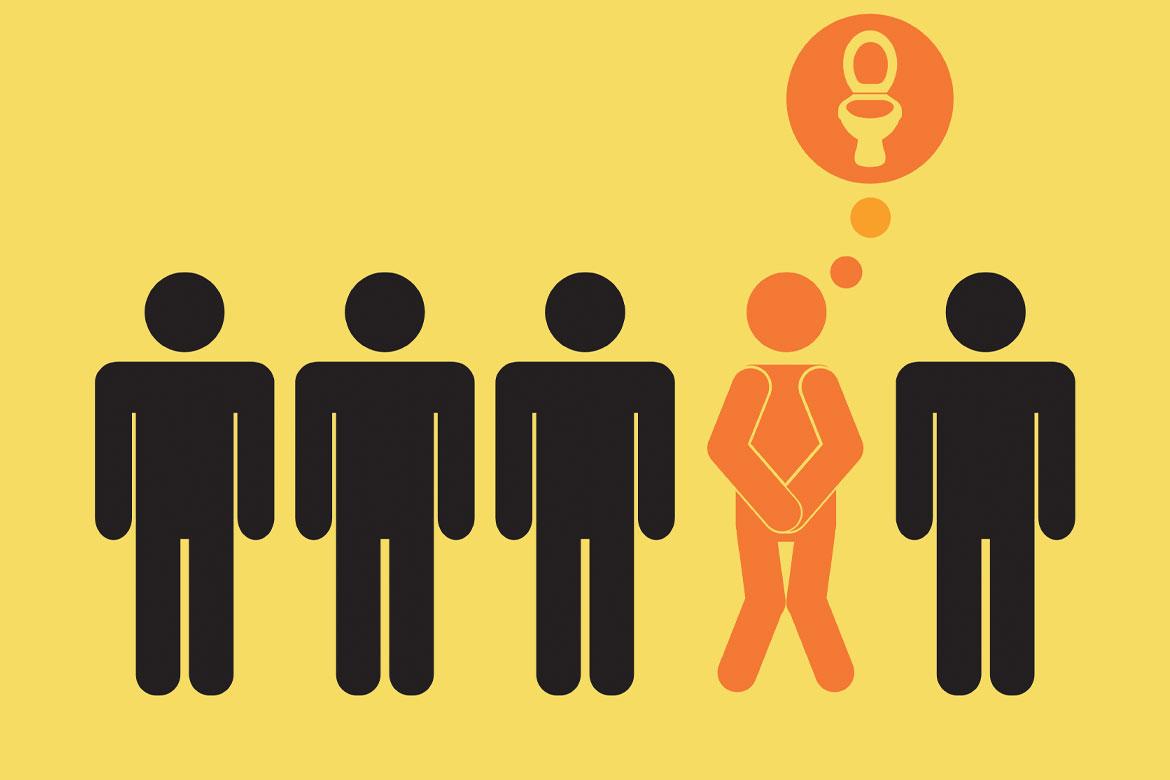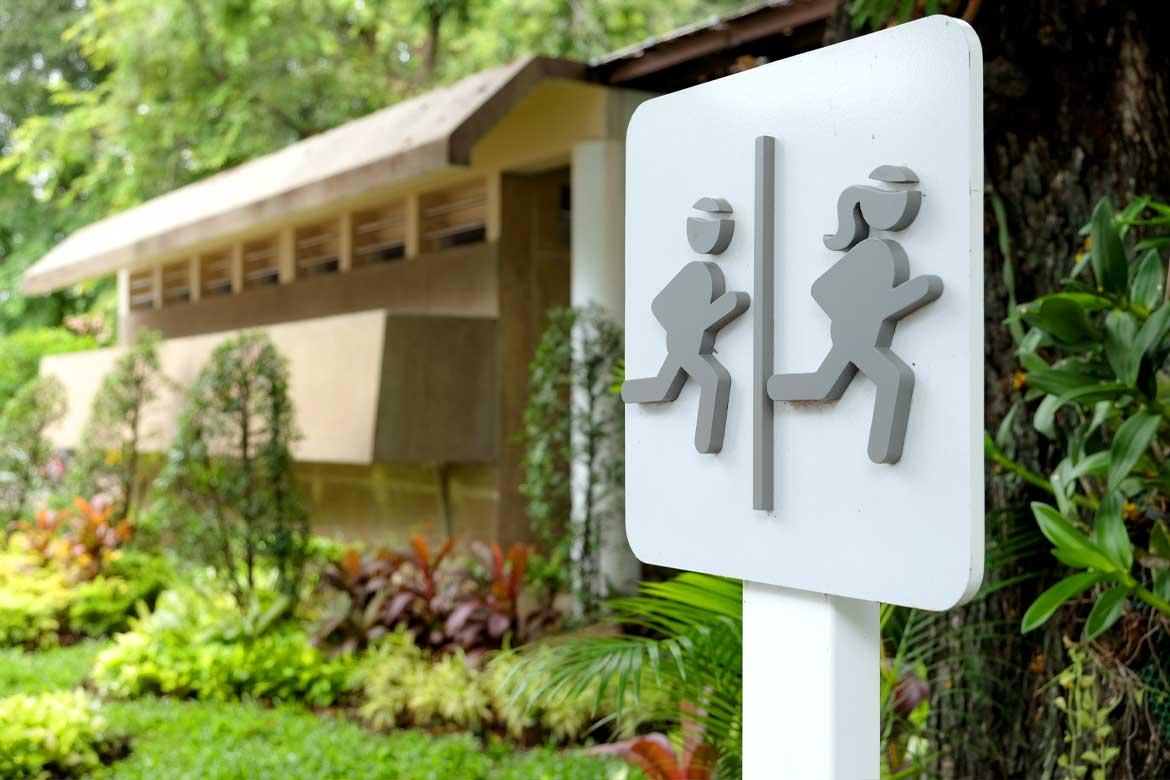
Urinary Incontinence
How is urinary incontinence treated?
Treatment for urinary incontinence will depend on its type, severity and cause.
Acute urinary incontinence caused by infections, kidney stones or medications often goes away when the original problem is treated.
Other treatments include:
Conservative management
- Biofeedback to help improve bladder control
- Electrical stimulation to strengthen muscles in stress or urge incontinence
- Kegel exercises to strengthen the pelvic floor and sphincter muscles
Continence devices
- Bulking substances like collagen or artificial substances to provide support to the urethra to reduce stress incontinence
- Pessary (a semi-rigid removable ring) placed in the vagina to reposition the urethra and reduce stress incontinence leakage
Surgery
- Catheterisation (insertion of a thin tube into the bladder) for women whose bladder fails to empty completely because of loss of muscle tone, prior surgery or spinal injury
- Pubo-vaginal sling (‘a hammock’) beneath the bladder to provide support
- Artificial sphincter (a ring that encircles the urethra) that can be manually inflated to close around the urethra and prevent urine leakage
- Sutures (stitches) to stabilise the bladder by attaching it to nearby muscle, tissue or bone
Medications
- To restore normal bladder function
- To inhibit an overactive bladder’s activity by stabilising muscle contractions
- To relax muscles and allow more complete bladder emptying
A combination of these therapies may also be recommended by your doctor to meet your individual needs.
This page has been reviewed by our medical content reviewers.
Need help?
For enquiries, please call
+65 6250 0000 (Orchard) or +65 6898 6898 (Novena)
For appointment bookings, please WhatsApp
+65 8111 7777 (Orchard) or +65 8111 5777 (Novena)
 Brain & Spine Care
Brain & Spine Care





